Advice to save near-dead potted Tree Philodendron (P. bipinnatifidum)?
ash1970_gw
last year
last modified: last year
Featured Answer
Sort by:Oldest
Comments (11)
ash1970_gw
last yearlast modified: last yearRelated Professionals
Horsham Landscape Architects & Landscape Designers · Canyon Lake Landscape Contractors · Mission Bend Landscape Contractors · Downers Grove Solar Energy Systems · Georgetown Fence Contractors · Natick Fence Contractors · New Bedford Landscape Architects & Landscape Designers · Manhattan Beach Landscape Architects & Landscape Designers · Mountain Brook Landscape Architects & Landscape Designers · Belvedere Park Landscape Contractors · Biloxi Landscape Contractors · Dickinson Landscape Contractors · Old Saybrook Landscape Contractors · Secaucus Landscape Contractors · Woodburn Landscape Contractorsash1970_gw
last yeartapla (mid-Michigan, USDA z5b-6a)
last yearlast modified: last yearash1970_gw thanked tapla (mid-Michigan, USDA z5b-6a)ash1970_gw
last yearlast modified: last year
Related Stories

GARDENING GUIDESWhen and How to Plant a Tree, and Why You Should
Trees add beauty while benefiting the environment. Learn the right way to plant one
Full Story
FALL GARDENING6 Trees You'll Fall For
Don’t put down that spade! Autumn is the perfect time for planting these trees
Full Story
LANDSCAPE DESIGNGet Along With Less Lawn — Ideas to Save Water and Effort
Ditch the mower and lower your water bill while creating a feast for the eyes with diverse plantings and gathering places
Full Story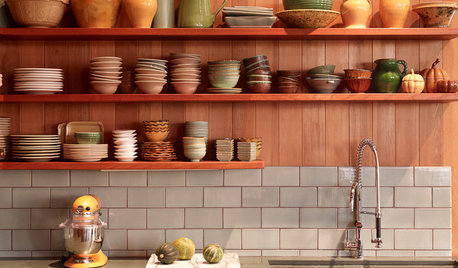
KITCHEN CABINETS9 Ways to Save Money on Kitchen Cabinets
Hold on to more dough without sacrificing style with these cost-saving tips
Full Story
DECORATING GUIDES10 Design Tips Learned From the Worst Advice Ever
If these Houzzers’ tales don’t bolster the courage of your design convictions, nothing will
Full Story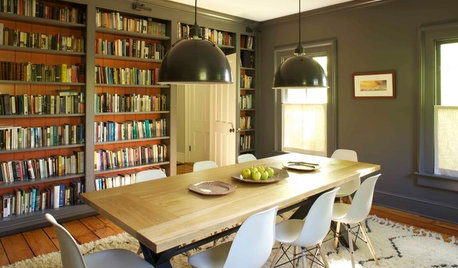
DECORATING GUIDES12 Deadly Decorating Sins
Are your room designs suffering from a few old habits? It may be time to change your ways
Full Story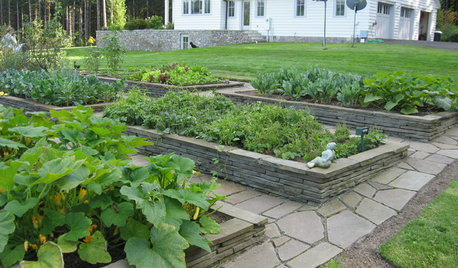
LANDSCAPE DESIGNThese 4 Planting Strategies Can Save You Money
Use seeds, plugs and more to keep costs down as you fill out your garden
Full Story
CHRISTMASReal vs. Fake: How to Choose the Right Christmas Tree
Pitting flexibility and ease against cost and the environment can leave anyone flummoxed. This Christmas tree breakdown can help
Full Story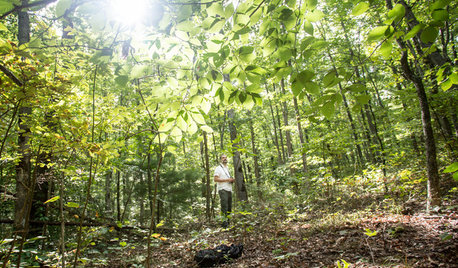
MOST POPULARSpringtime Gardening: Begin by Listening to Trees
A biologist and author shows how open senses and lively curiosity can guide our work in the landscape and garden
Full Story
SAVING WATER11 Ways to Save Water at Home
Whether you live in a drought-stricken area or just want to help preserve a precious resource, here are things you can do to use less water
Full Story






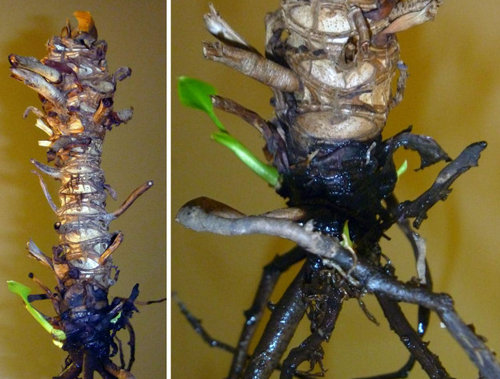
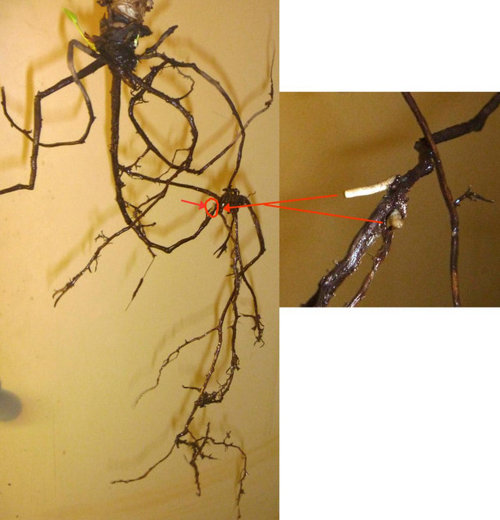
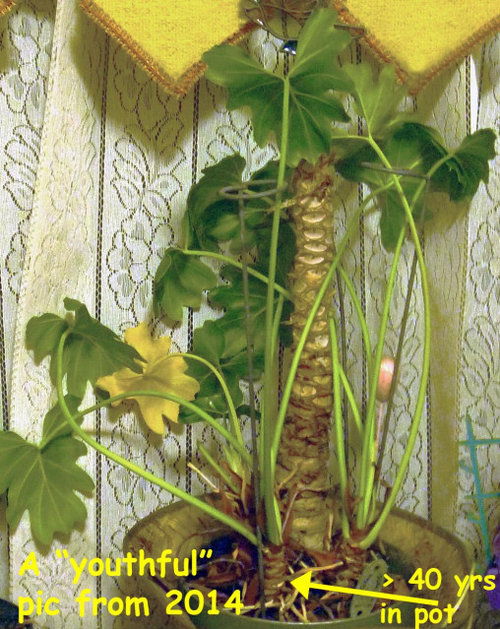

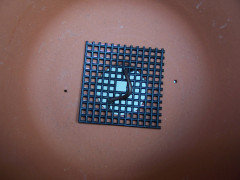
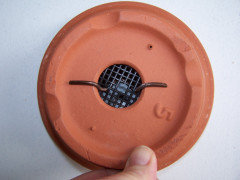

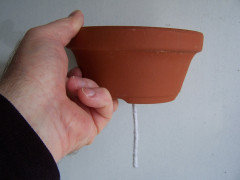

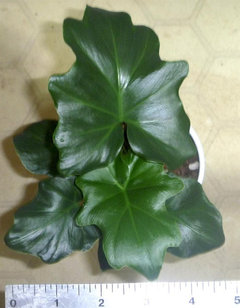
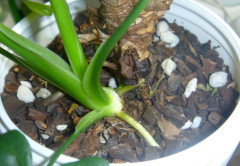

ash1970_gwOriginal Author